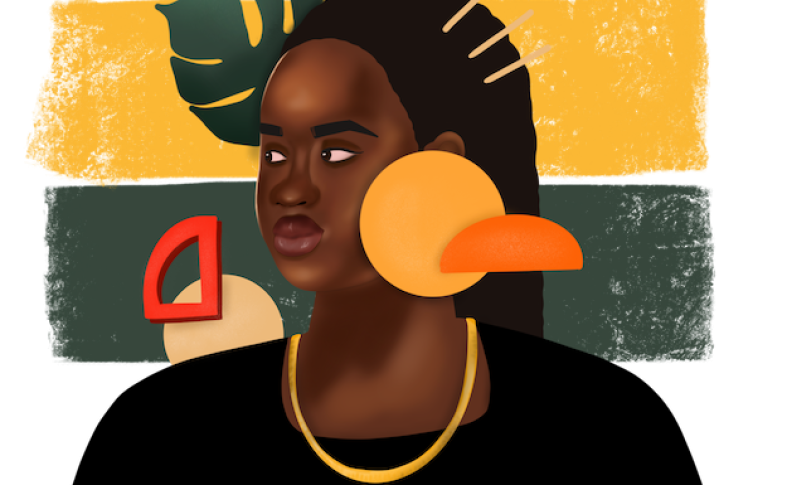
The growth of internet users has brought about social and economic benefits on a global scale. However, significant harms such as online violence, disinformation, and hate speech have also proliferated in these online spaces. Discriminatory gendered practices are shaped by social, economic, cultural and political structures in the physical world and are similarly reproduced online across digital platforms. Uganda, too, has experienced rising rates of online harassment targeting both visible women as well as everyday users.
Online violence manifests during periods of political activity. In order to understand how, this report sought to identify and analyse the scale of online violence targeted at political candidates and high-profile individuals during the January 2021 general election in Uganda. The report also sought to determine how this online harassment might impact their use, expression, and participation in the elections. For this purpose, we identified and monitored the accounts of 152 nominated candidates and 50 high-profile individuals during the campaign and election period on the two most widely used public platforms, Facebook and Twitter. Methodologies used include lexicon building focus group discussions, data scraping of publicly available profiles, qualitative data analysis, and development of a Machine Learning model to identify and tag instances of online violence and hate speech in both English and Luganda.
The main objective of this study was to assess the impact of online violence against women in politics (OVAW-P) in Uganda and determine how it might impact their use of digital solutions and social media platforms for expression and participation in the elections.
The following research questions were used as a guide towards achieving this research objective:
-
How do women politicians in Uganda use social media platforms for campaigning during the scientific general elections?
-
How does the use of social media platforms differ amongst men and women candidates?
-
What evidence of OVAW-P exists on social media platforms and how does it manifest?
-
What is the association between OVAW-P and factors such as gender, age, political party affiliation, frequency of social media use, and electoral results?